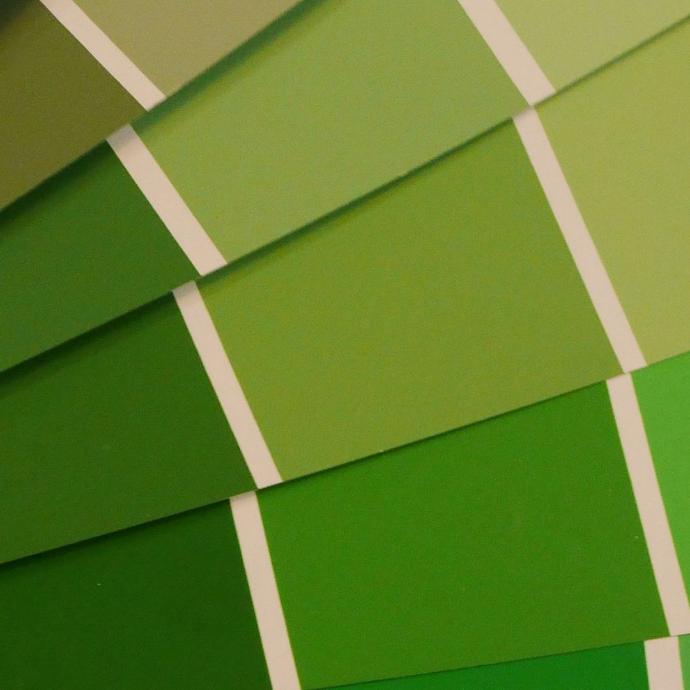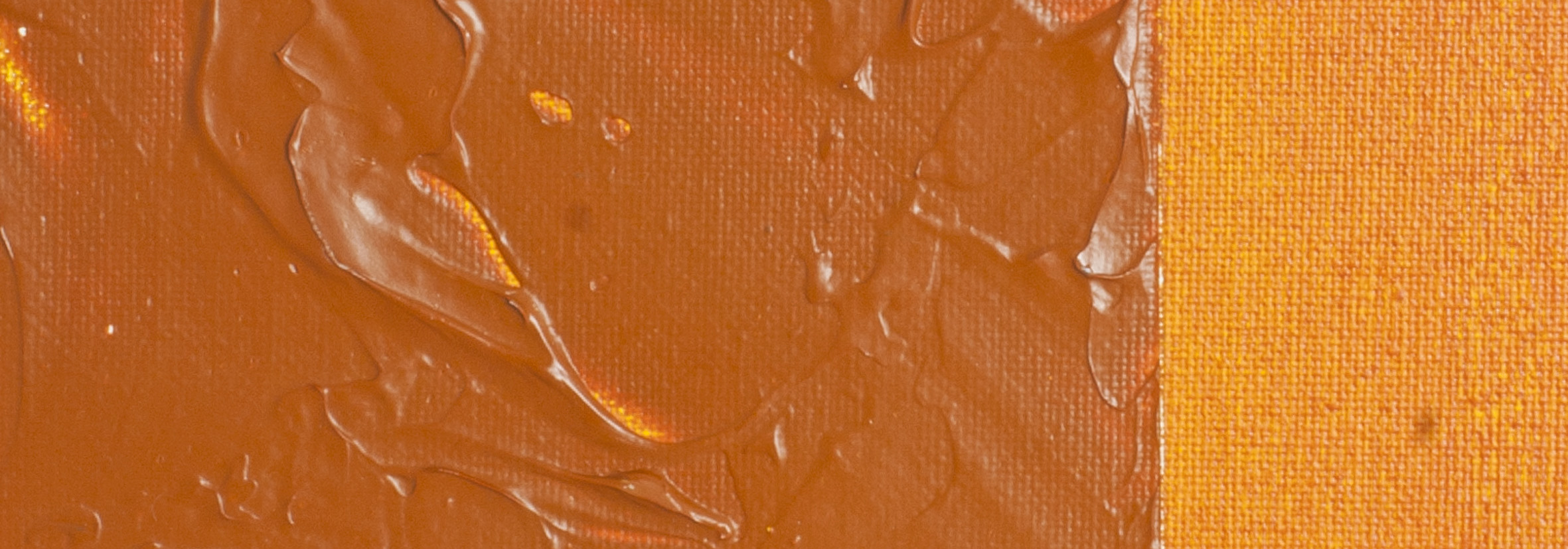Although colour is the basic component of art, it is a more complex concept than it may seem. While many artists understand the technical names of colours, there are also a number of terms that define the attributes of colour at a more complex level. These include hue, chroma, tint, shade and tone.
Hue
Hue is a term that refers to the name of a colour. The terms “hue and “colour” are essentially interchangeable, although the word “hue” is more technically correct.
You may have also noticed that some paints have the word “hue” after the name. In the Derivan Artist range, two such examples are Cadmium Yellow Hue and Cobalt Blue Hue. In these cases the word hue indicates that the paints contains a combination of pigments that mimic the colour. For example, Cobalt Blue acrylic paint is blended with cobalt pigment. By comparison, Cobalt Blue Hue acrylic paint contains no actual cobalt pigment, but uses synthetic alternatives to create a very similar colour. This does not mean that the “hue” paint itself is inferior. It could be because the pigment may no longer be easily available or the manufacturer wishes to create a cheaper alternative for the more budget-conscious artist.
Chroma
Chroma indicates how saturated the colour is. The greater the saturation of colour, the higher the intensity. Indeed the term “intensity” is a word that can be substituted for the term “chroma”. Strong colour intensity is often used to create bold and striking artworks.


Tint,Tone And Shade
Three other descriptions that are frequently applied to colour are tint, tone and shade. These terms are all the result of adding different colors that alter the nature of the original colour.
If white is added to a colour and makes it lighter, this is referred to as a tint. Adding black to a colour is referred to as a shade, and adding gray to a colour creates a tone.
These terms are particularly important to artists because they assist in creating colours that will be represent either the mood the artist wishes to create, or indicate dimension and light effects. Although many artists believe that the use of colour alone can provide them with the effects they want, the role of tone is also important. A wide range of tonal contrasts will often give strong visual depth to painting, even if a limited palette of colours is used.
Although it is possible to create tones through the addition of either black or white, doing so can create unwanted changes to the original colour. Certain brown colours can take on a grayish tone when mixed with white, and reds can be transformed into pinks. With this in mind, Matisse has a number of acrylic toning colours suitable for mixing. These are categorised into light tones and dark tones and are as follows:

LIGHT Tones
Antique White, Naples Yellow Light, Australian Salmon Gum (Red Bias Tinting Colour), Australian Blue Gum (Blue Bias Tinting Colour)
As alternatives to using titanium white these light tones are biased towards certain colours.
The warm white colour of Antique White is a good alternative to titanium white, which is a pure white than be too harsh to create subtle tones. Antique White has a slightly creamy colour making it a solid choice for mixing with yellows, oranges, and warm reds.
Naples Yellow Light it is an opaque rich cream colour that owes its popularity to its versatility as a lightener. Overuse of pure white to lighten a colour can drain a colour of much of its vitality. Naples Yellow is very useful for lightening ochres, yellows, oranges, and yellowish reds. Mixed with a scarlet it creates salmon-like colours and is equally useful for blending into skin tones. Mixed with blues it can produce soft greens.
Australian Salmon Gum is a mixed color that is typical of Salmon Gum trees native to Australia. Australian Salmon Gum gets its name from the dusty pink colors of the tree trunk. It is a very light orange with a pastel softness, opaque and well suited to the needs of the landscape painter.
Australian Blue Gum is a pale greenish blue color that is a blend of white, Phthalo Blue, and a touch of black. It has a subdued nature making it a good choice for creating tones for creating skies, lush landscapes and oceans. The unique nature of this color becomes apparent when making greens of all types.

DARK Tones
Mars Black, Ivory Black, Carbon Black.
Although all these colours are all black they have distinct qualities that will become apparent when creating tones. Mars black is the warmest black, due to the slightly red nature of its pigment. This option has strong tinting strength and opacity. Ivory Black is the strongest black and is also completely opaque. It is also a cooler black due to its slight bluish colour. If you are unsure of what black to choose, Ivory Black is a good starting point as it has a light tinting strength. Carbon Black is the most neutral black. But is not as opaque as either Mars or Ivory Black, and it a good choice to add to other transparent colours as it does not have dominant tinting qualities. When mixing colours one fundamental rules is to always dark into light, as it only takes a small amount of a dark colour to change a light one. Conversely, it will take a much larger quantity of a light colour to change a dark one. Begin by adding very small quantities mix well before adding more if needed. It is also useful to add opaque colour to transparent, as the opaque version have a greater influence on the result.The Colour Book & The Colour Workbook
Download PDF version of The Colour Book here (4.2Mb)
Download PDF version of The Colour Workbook here (800Kb)

To install this Web App in your iPhone/iPad press ![]() and then Add to Home Screen.
and then Add to Home Screen.

